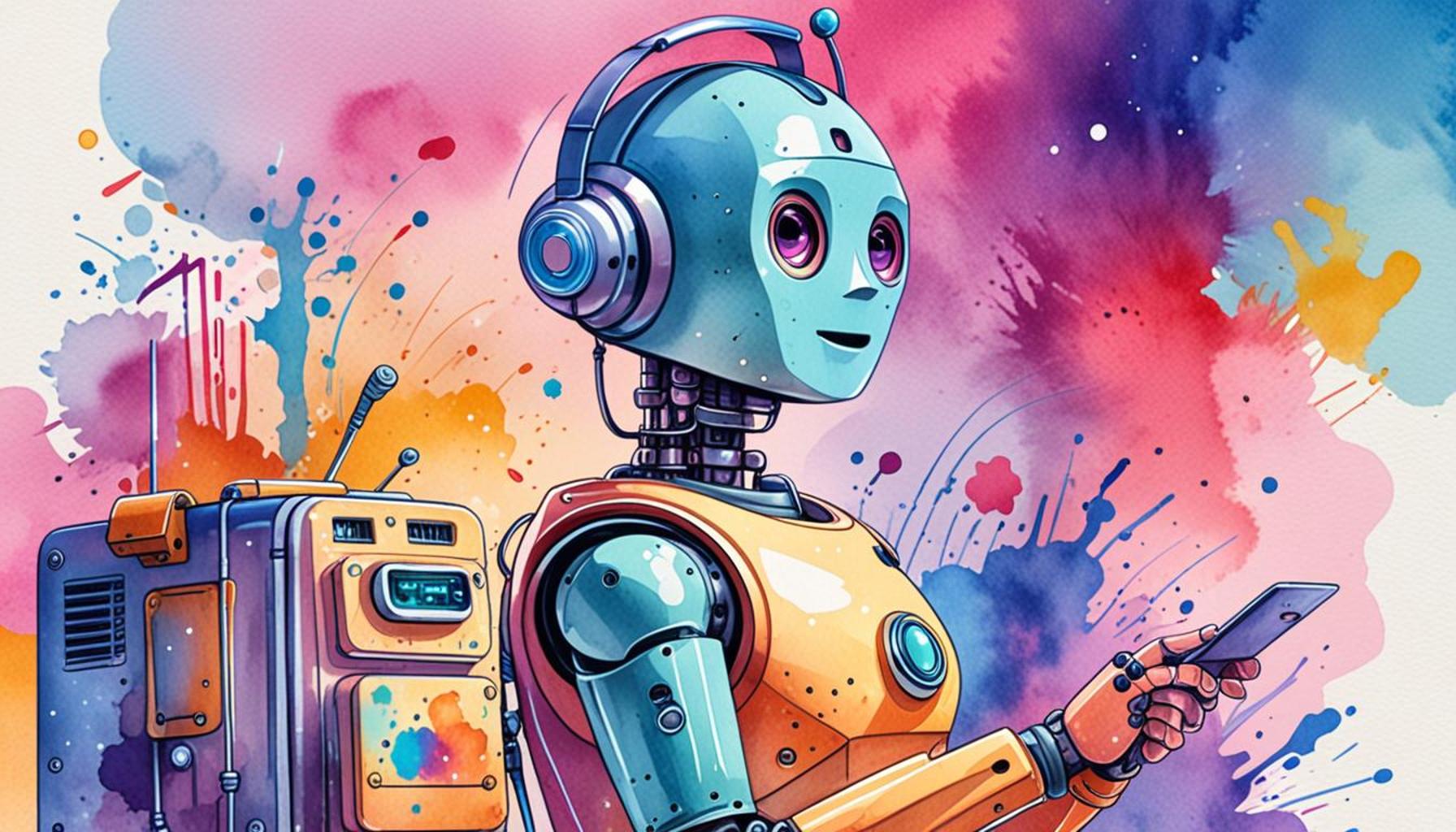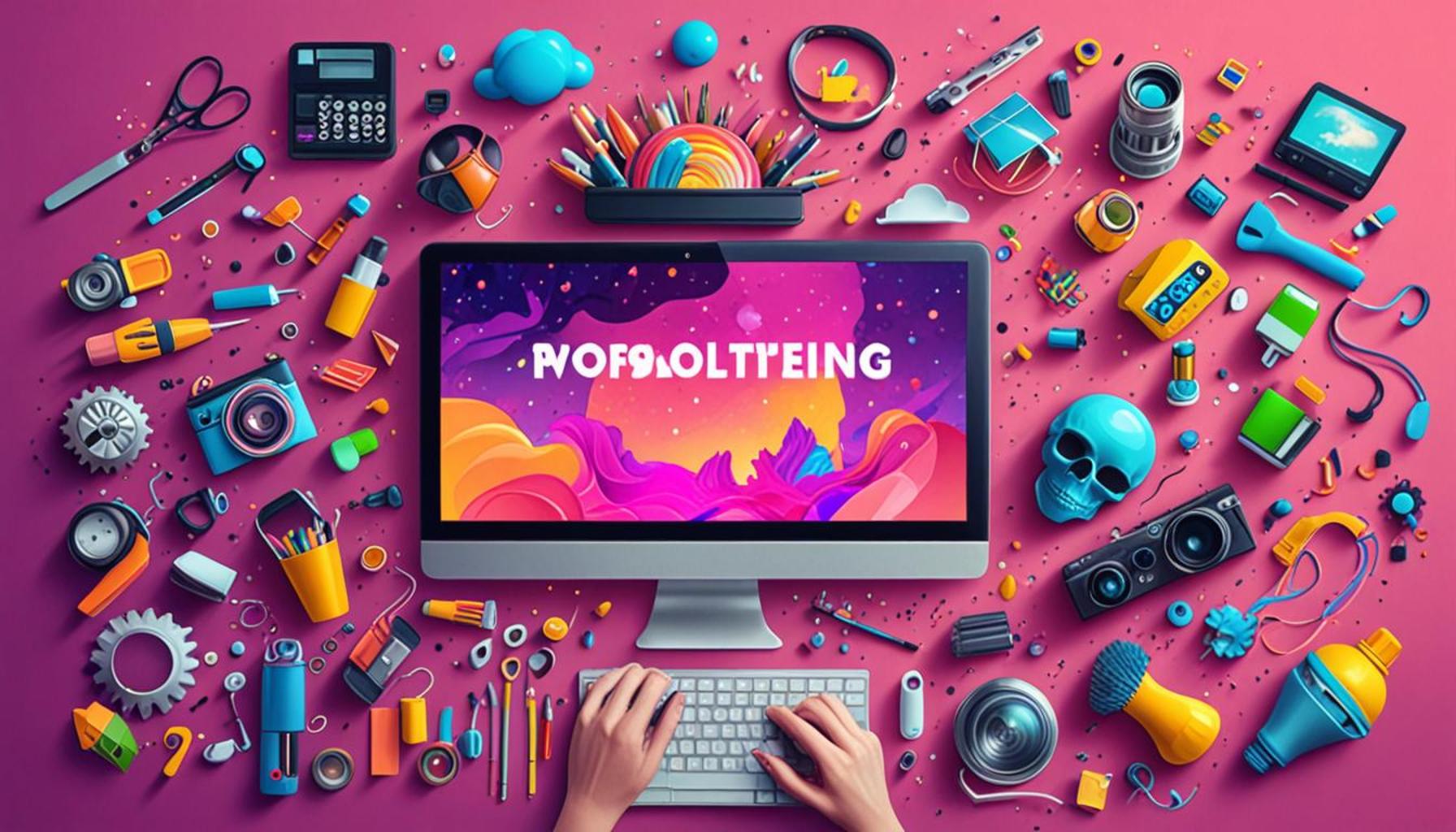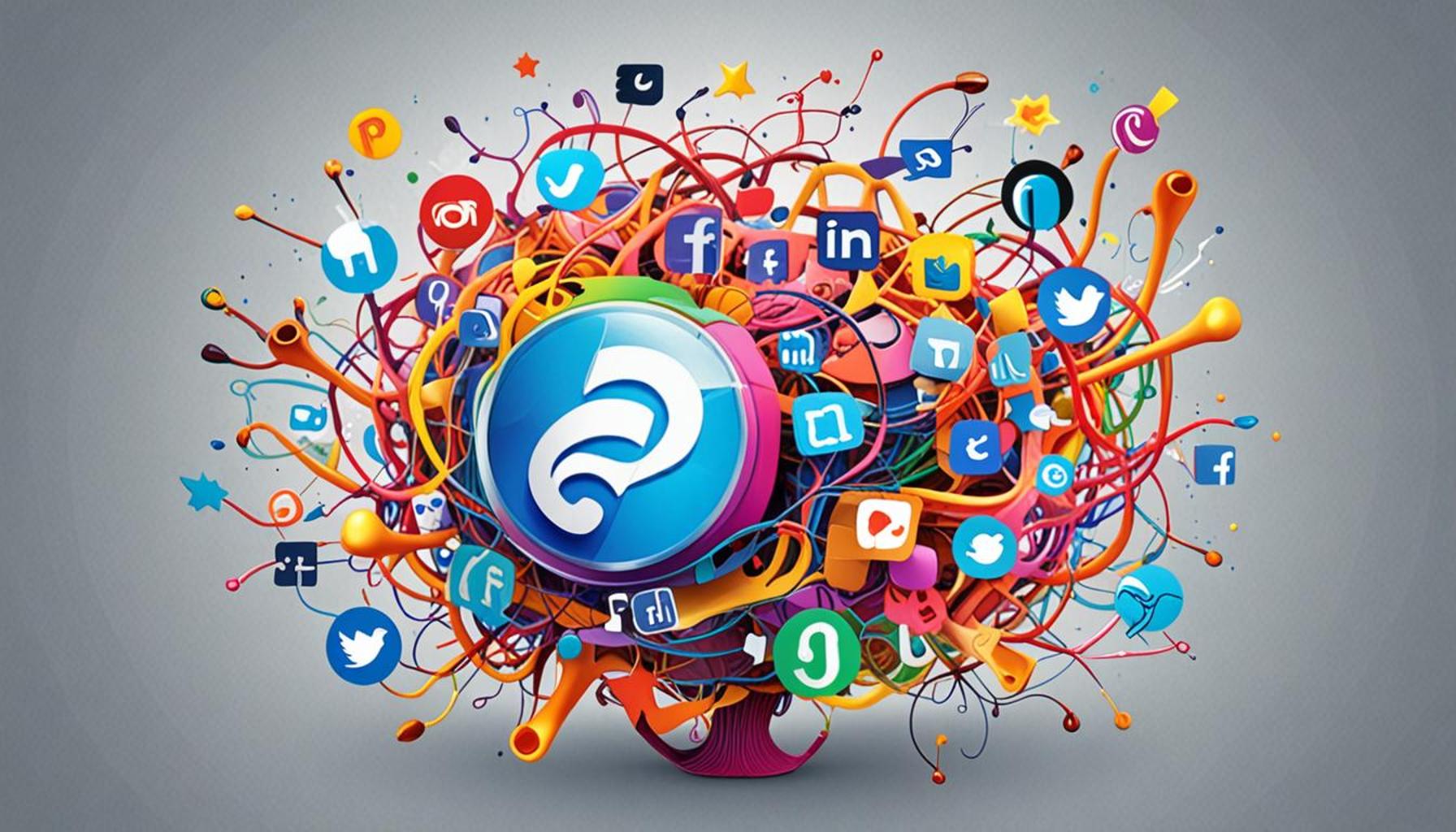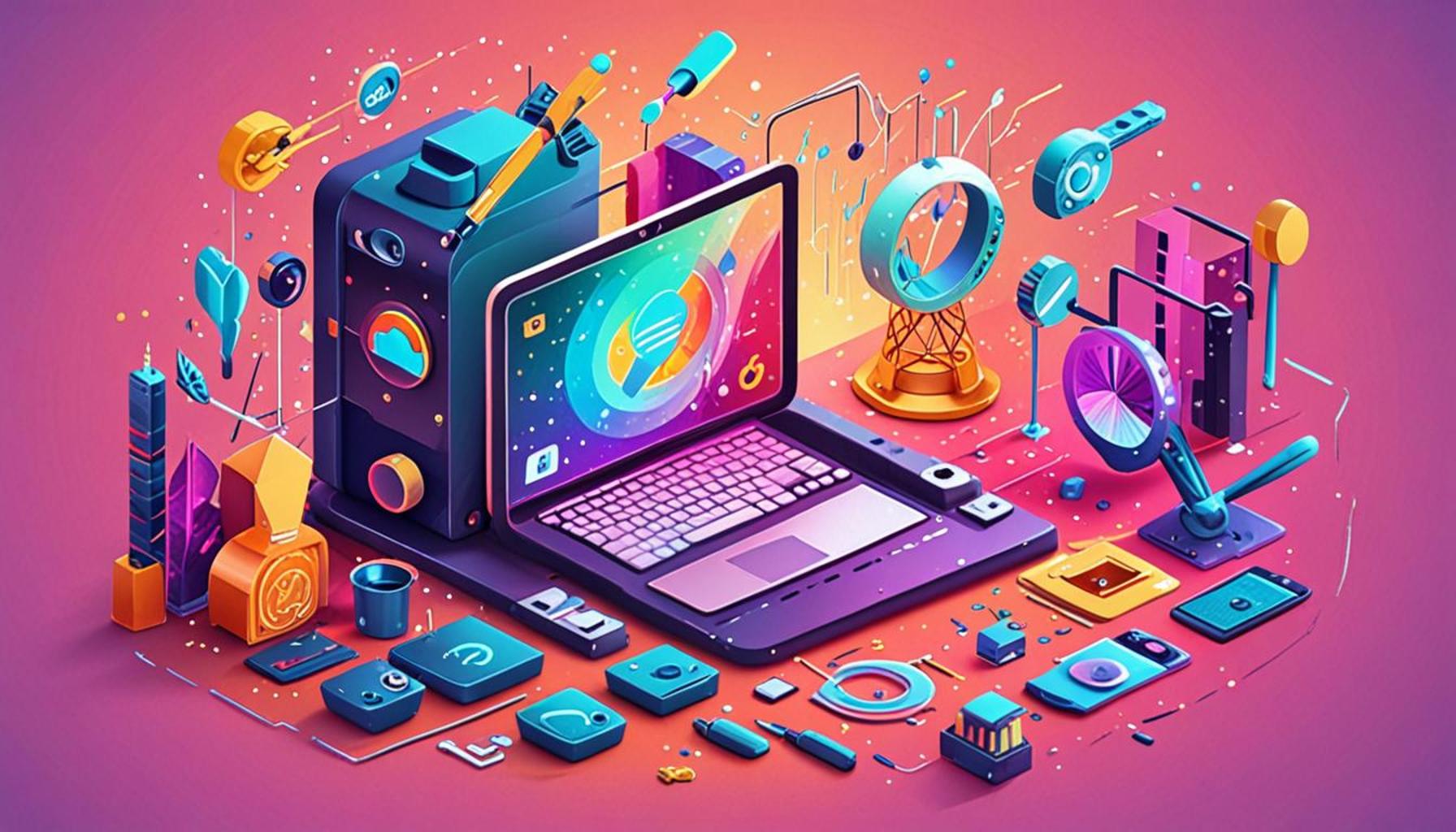The Impact of Chatbot Platforms on Customer Service for Government Benefits

The Digital Evolution in Government Services
The rise of chatbot platforms is revolutionizing how government agencies deliver customer service for benefits. These virtual assistants are proving to be invaluable in creating a more efficient, responsive public service environment. As bureaucracy often faces criticism for lagging services, the introduction of chatbots offers a refreshing shift towards modernization. The urgency for government services to adapt is magnified by a growing demand for accessibility and streamlined communication, particularly in a post-pandemic world where digital interaction has become a necessity.
Chatbots bring a plethora of advantages, reshaping the landscape of government-supported programs. One of the most significant benefits is their 24/7 availability. Unlike traditional agencies that operate within specific hours, chatbots provide citizens the ability to access information at any time. For instance, if a single parent needs to understand how to apply for food assistance at 11 PM, a chatbot can guide them through the process without the need to wait for business hours to seek help.
Another critical aspect is instant responses. Chatbots are designed to handle a myriad of common inquiries—ranging from eligibility questions regarding public programs to details about application procedures—practically eliminating long wait times often associated with phone calls or in-person visits. This immediate assistance can also alleviate the stress and frustration commonly felt by individuals seeking government aid.
- Cost Efficiency: By automating routine inquiries, agencies can focus on more complex issues requiring human intervention. This shift not only leads to operational cost savings but also allows personnel to devote their expertise to ensuring that more complex user needs are met efficiently.
Recent studies indicate that nearly 70% of citizens prefer digital communication over traditional methods for inquiries. This highlights an urgent need for government services to evolve accordingly. As public interactions increasingly transition online, the importance of understanding how chatbot technology reshapes citizen engagement cannot be overstated.
In addition to improving response times, these platforms can significantly enhance user experience. By consolidating information from various government resources into a single interface, chatbots can streamline workflows, offering personalized service paths tailored to individual situations. Ongoing advancements in artificial intelligence further propel this technology forward, allowing for a more nuanced understanding of user queries—a critical factor that can elevate overall customer satisfaction and trust in government services.
Ultimately, the integration of chatbot platforms into government services is not just a trend; it is an essential evolution in how public assistance is delivered. As agencies continue to adopt these technologies, the potential benefits for both citizens and the government are profound, paving the way for a more engaged and informed populace ready to navigate the complexities of public benefits.
ADDITIONAL INSIGHTS: Expand your understanding here
Transforming Access to Information
The implementation of chatbot platforms marks a significant shift in how citizens interact with government agencies, particularly when it comes to accessing benefits. In the United States, where government services are often seen as cumbersome and slow, chatbots promise to turn this narrative around. By leveraging technology, agencies can now offer users instantaneous access to essential information, making the process of applying for government benefits not only faster but also more transparent.
One of the key features of chatbot platforms is their ability to gather and process data efficiently. Through natural language processing and machine learning, chatbots can interpret user inquiries and provide personalized responses based on specific needs. For example, if a veteran seeks assistance with a disability claim, the chatbot can draw from various databases, supplying concrete answers and guiding the individual through each step of the application. This proactive approach can foster trust in government services, encouraging more citizens to seek the support they need.
- Enhanced User Experience: Chatbots often employ a user-friendly design, which contributes to a more pleasant interaction for users. Clear prompts, quick options, and easy navigation through menus allow individuals of all ages and technological comfort levels to effectively utilize these platforms.
- Increased Engagement: By making information easily accessible, chatbots can significantly boost user engagement. This is particularly vital in underserved communities where access to technology and information is limited.
- Feedback and Improvement: Many chatbots are equipped with analytics features that track user interactions. This data can help government agencies identify frequently asked questions or challenges, leading to continuous improvement in service delivery.
Consider the example of the California Department of Social Services, which has launched a chatbot to assist residents with inquiries related to food assistance and other welfare programs. By providing immediate answers and guiding users through applications, the chatbot has significantly reduced the volume of phone calls and in-person visits needed. As a result, human operators can focus on complex cases that require personalized attention, thereby improving overall service efficiency.
Moreover, the capacity for chatbots to operate in multiple languages stands to address long-standing barriers in government outreach, particularly for non-English speakers. They can offer real-time translations, ensuring that more citizens fully understand their rights and the benefits available to them. With this expanded reach, government agencies not only improve equity but also enhance community trust, which can have lasting positive effects on citizen engagement.
As we delve deeper into the implications of chatbot platforms in government services, it becomes clear that this technology doesn’t merely serve as a convenience; it represents a fundamental transformation in how public benefits are accessed, ultimately aiming to break down barriers and facilitate a more inclusive governmental framework.
| Category | Advantages |
|---|---|
| 24/7 Availability | Chatbots provide round-the-clock support, ensuring that users can access information about government benefits at any time. |
| Cost Efficiency | Implementing chatbot platforms helps in reducing operational costs associated with customer service, enabling better allocation of resources. |
| Personalized Assistance | With advancements in AI, chatbots can offer tailored responses based on user inquiries, enhancing the user experience significantly. |
| Data Collection | Chatbots can efficiently gather user data and trends, which can be analyzed to improve government service offerings and accessibility. |
The integration of chatbot platforms within government services represents a significant leap forward in enhancing customer service. By providing immediate answers to queries related to government benefits, chatbots facilitate a more engaged and informed public. This capability to offer instant support can significantly reduce confusion and delays, fostering a more positive experience for citizens navigating complex government systems. Furthermore, as these tools continue to evolve, they represent not just a cost-saving measure for administrative bodies, but also a critical resource in improving public access to essential benefits.
YOU MAY ALSO LIKE: Read read another article
Streamlining Application Processes
Another remarkable advantage of chatbot platforms in the realm of government customer service is their ability to streamline application processes for benefits. Traditionally, the application for aid can be a lengthy, confusing, and often frustrating experience riddled with paperwork and prolonged waits. Chatbots change this dynamic by allowing applicants to fill out forms directly through an interactive interface that guides them step-by-step.
For instance, consider programs such as the Supplemental Nutrition Assistance Program (SNAP), where applicants often encounter hurdles due to the volume of documents required and the complexity of the eligibility criteria. Chatbots can automatically pull in relevant data from previous applications or integrated databases, suggesting the most pertinent information during the process. This reduces errors and accelerates the overall time it takes for officials to review applications.
Real-Time Assistance and Query Resolution
In addition to simplifying applications, chatbots can provide real-time assistance, significantly expediting the query resolution process. Individuals seeking clarity about their application status or specific eligibility requirements can interact with the chatbot at any time, receiving immediate feedback. One example is the Social Security Administration’s chatbot, which offers real-time help on benefits inquiries, alleviating the stress and uncertainty that often accompany long waiting periods on the phone.
The integration of chatbots also leads to a notable increase in service transparency. By providing updates on application processing timelines or changes in eligibility criteria, chatbots enhance the flow of information. Users are less likely to feel lost or uninformed, which directly contributes to a more positive perception of government services.
Cost-Effectiveness and Resource Allocation
From a budgetary perspective, chatbot platforms represent a cost-effective solution for government agencies. By automating routine inquiries and form-filling tasks, such platforms can alleviate the burden on human operators, allowing them to concentrate on more complex cases that necessitate personal attention. Reports suggest that agencies utilizing chatbot technology have seen a 25-30% reduction in operational costs associated with customer service operations. This reallocation of resources can lead to improved overall service delivery, ensuring that taxpayers’ dollars are utilized more efficiently.
Building Trust Through Consistency
The consistency offered by chatbot platforms also plays a key role in building trust among citizens. Unlike human operators, who may be influenced by personal biases or subjective interpretation, chatbots provide a uniform experience across all users. Queries regarding eligibility, application processes, or benefits provided are addressed with the same accuracy and efficiency, fostering a greater sense of fairness within the system.
- Accessibility Boost: By continuously operating outside traditional business hours, chatbots ensure that assistance is available to users regardless of their schedules, particularly benefitting those who may work during standard hours.
- Reduction of Language Barriers: Governments can further customize chatbots to cater to the diverse linguistic demographics of their populations, ensuring that communication is inclusive and effective.
- User Education: Through informative prompts and tutorial features, chatbots can educate users about various services, increasing overall awareness of available government benefits.
The ramifications of such enhancements are profound. As government agencies adopt chatbot technology, they not only improve the efficiency of service delivery but also create a more user-centric environment, geared toward meeting the needs of an increasingly diverse populace.
SEE ALSO: Click here to read another article
Conclusion
In summary, the emergence of chatbot platforms marks a transformative leap in the realm of customer service for government benefits, bringing forth a paradigm shift in the way citizens interact with governmental systems. By streamlining application processes, facilitating real-time assistance, and improving service transparency, chatbots address long-standing inefficiencies that have historically plagued government services. The cost-effectiveness of these technologies not only alleviates the pressure on human resources but allows agencies to allocate funds more strategically, enhancing overall service delivery.
Furthermore, the uniformity and consistency provided by chatbots foster a sense of trust among users who seek assistance navigating complex benefits systems. This perception of fairness can lead to greater public confidence in governmental institutions, ultimately promoting a more engaged and informed citizenry. As these technologies continue to evolve, it is essential for government entities to embrace innovations that increase accessibility and overcome language barriers, ensuring that all citizens have a voice in their interactions with public services.
The journey toward a more efficient and user-centric approach to government benefits is underway, fueled by the capabilities of chatbot technology. As we move deeper into the digital age, the ongoing integration and enhancement of these platforms hold the potential to revolutionize the landscape of public service, paving the way for a more responsive and inclusive government. Exploratory initiatives, pilot programs, and continual feedback from users will be crucial as agencies strive to refine and adapt these innovative solutions to better serve their communities.


